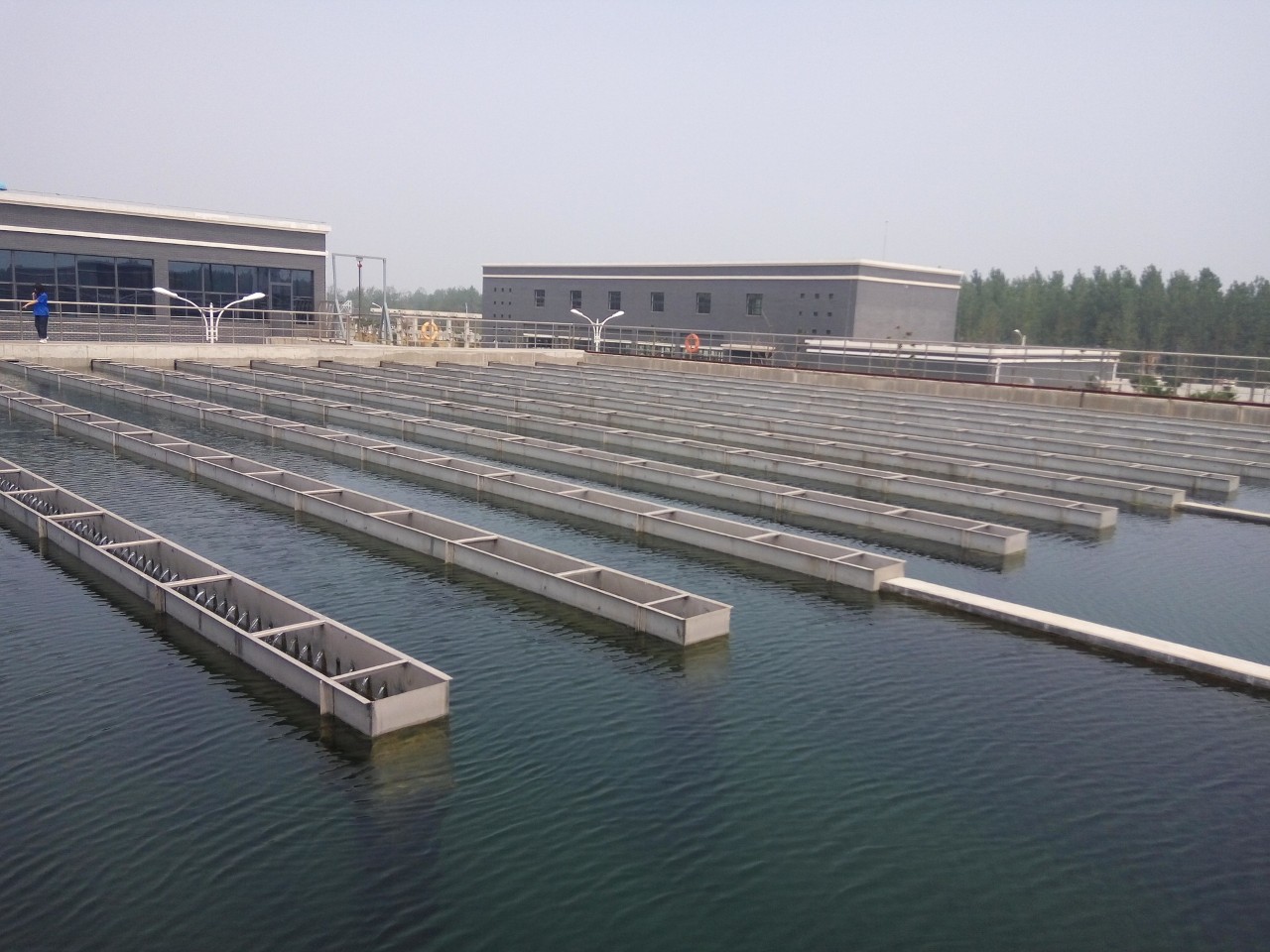
UC professor researches graywater treatment and reuse

UC environmental engineering professor Ryan Chae.
Access to safe drinking water is the cornerstone of any society. Yet from the drought-stricken regions of the American Southwest to the densely populated cities on the East Coast, finding safe drinking water can be a constant challenge. Reusing and recycling the water we waste is a promising step toward sustainability.
In Cincinnati, graywater, or domestic wastewater that doesn’t come from toilets, combines with traditional wastewater during delivery to the wastewater treatment plants (often miles away). Municipal plants treat the wastewater and then release the treated water into a body of water, like the Ohio River.
But what if you could treat most of your wastewater right at home, reusing it for other purposes?
University of Cincinnati professor of environmental engineering Soryong (Ryan) Chae, Ph.D., is developing a novel technology that facilitates the reuse of graywater. UC recently granted Chae $15,000 through the Faculty Bridge Program to fund his project, “Multi-functional Carbon Nanotube Composite Membranes for Residential-Scale Greywater Recycling.”
“I’m trying to build a new kind of infrastructure that treats wastewater as a resource instead of a waste,” Chae says.
He intends to accomplish this through first separating graywater from wastewater at the residential level.
I’m trying to build a new kind of infrastructure that treats wastewater as a resource instead of a waste.
Ryan Chae, UC professor of environmental engineering
Graywater accounts for 80 percent of our total household wastewater. Every time you wash dishes, do laundry, brush your teeth or take a shower, you produce graywater.
Graywater is different from traditional wastewater – it doesn’t contain many of the dangerous pathogens found in wastewater from toilets. Lower pathogen levels means graywater is more treatable, and thus a prime candidate for reuse.
In an age of urban living, where densely populated areas consistently stress water resources, recycled graywater can be a key factor for water sustainability.
From the comfort of home
Cincinnati currently uses a biological process for large-scale wastewater treatment. Wastewater flows into a holding tank populated by microorganisms that consume the wastewater’s pollutants and nutrients. After the microorganisms have consumed the vast majority of pollutants, the plant uses gravity to separate these microorganisms from the treated wastewater. The plant releases the treated wastewater into the river, while the microorganisms return to a holding pool to repeat the process.
Chae is proposing to separate graywater from wastewater at the residential level, before it even gets to the wastewater treatment plant. He plans to combine a traditional biological process, as seen at a large-scale plant, with membrane separation.
Membrane separation is a common filtration process for wastewater treatment. Wastewater goes through a permeable membrane, which acts as a filter to remove waste components, like bacterium and microorganisms, from the wastewater. In the past, membrane separation wasn’t easily possible with biological processes, primarily because of membrane fouling.
“Membrane fouling occurs when microorganisms attach on the membrane surface and prevent water flow through the membrane,” Chae says. “My idea is to minimize those occurrences using a multi-functional carbon nanotube membrane.”

Ryan Chae's membrane sends electric power through carbon nanotubes attached to a filter to treat reused graywater. Graphic/Provided
Chae can mitigate fouling by attaching a carbon nanotube to a conventional membrane filter. Rather than chemically cleaning a fouled membrane, which can be expensive and inefficient, Chae’s technology can send electric power through carbon nanotubes attached to a membrane filter.
This work has vast real-world applications, reflecting UC’s strategic direction, Next Lives Here.
The novel membrane can also effectively remove trace organic compounds, an emerging pollutant that conventional wastewater treatment plants traditionally have difficulty removing. Additionally, because Chae’s carbon layer is electrically conductive, one can easily monitor potential membrane fouling through electric signals.
By intentionally separating graywater from more contaminated wastewater, Chae can make the wastewater treatment process much more efficient, as the treatment process won’t have to address the major pathogens and viruses that come from wastewater in toilets. Once the graywater is recycled, homeowners and building owners can then reuse the water for irrigation, gardening and other indoor purposes.
As accessible fresh water becomes scarcer across the country and around the world, novel engineering solutions such as Chae’s transform how we address these global problems.
Featured image at top: A view of sedimentation tanks at a water treatment plant. Photo/DengdaiFengQi/Pixabay
Next Lives Here
The University of Cincinnati is classified as a Research 1 institution by the Carnegie Commission and is ranked in the National Science Foundation's Top-35 public research universities. UC's graduate students and faculty investigate problems and innovate solutions with real-world impact. Next Lives Here.
Related Stories
UC’s Ground Floor Makerspace births combat robots
April 17, 2024
In the heart of UC's 1819 Innovation Hub lies the Ground Floor Makerspace, an advanced and active hub of ingenuity where students, faculty and the community converge to bring their ideas to life. This includes being the birthplace of robots much like miniature race cars, combating fender to fender in an enclosed boxing ring. Combat robots like UC's Maximizer will again be fighting for first place in the National Havoc Robot League (NHRL) competition, slated for April 20.
Medscape: Skin adverse events rare after immunotherapy to treat...
April 17, 2024
Medscape highlighted University of Cincinnati research published in JAMA Dermatology that found skin adverse events were rare following immunotherapy treatments for certain skin cancers.
UC researchers develop new CPAP device
April 17, 2024
Researchers at the University of Cincinnati are developing a VortexPAP machine that takes advantage of vortex airflow technology. A preliminary clinical study with current CPAP users demonstrated that the VortexPAP can deliver the pressure levels that are used in the subjects’ CPAP therapy, but the mask is more comfortable to wear. It has a minimalistic design that is less intrusive and barely touches the patient’s face.
